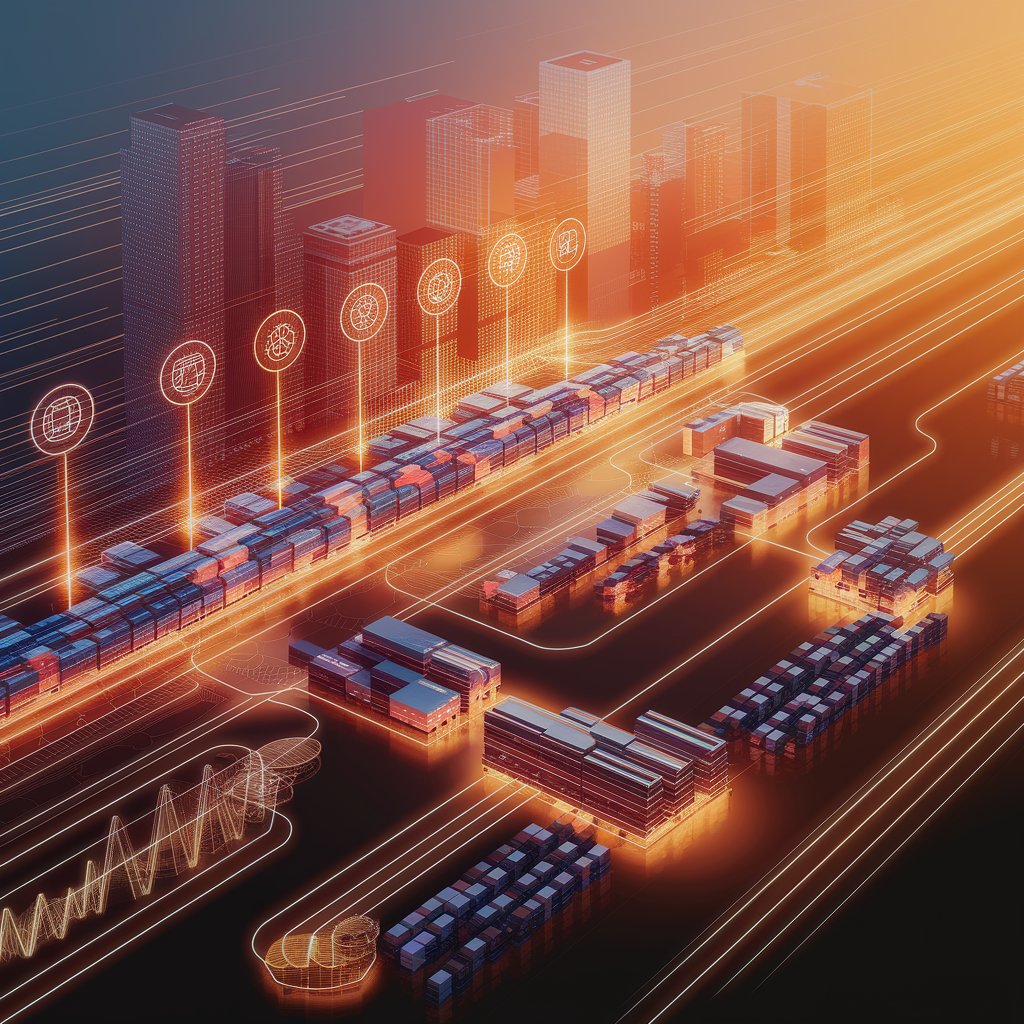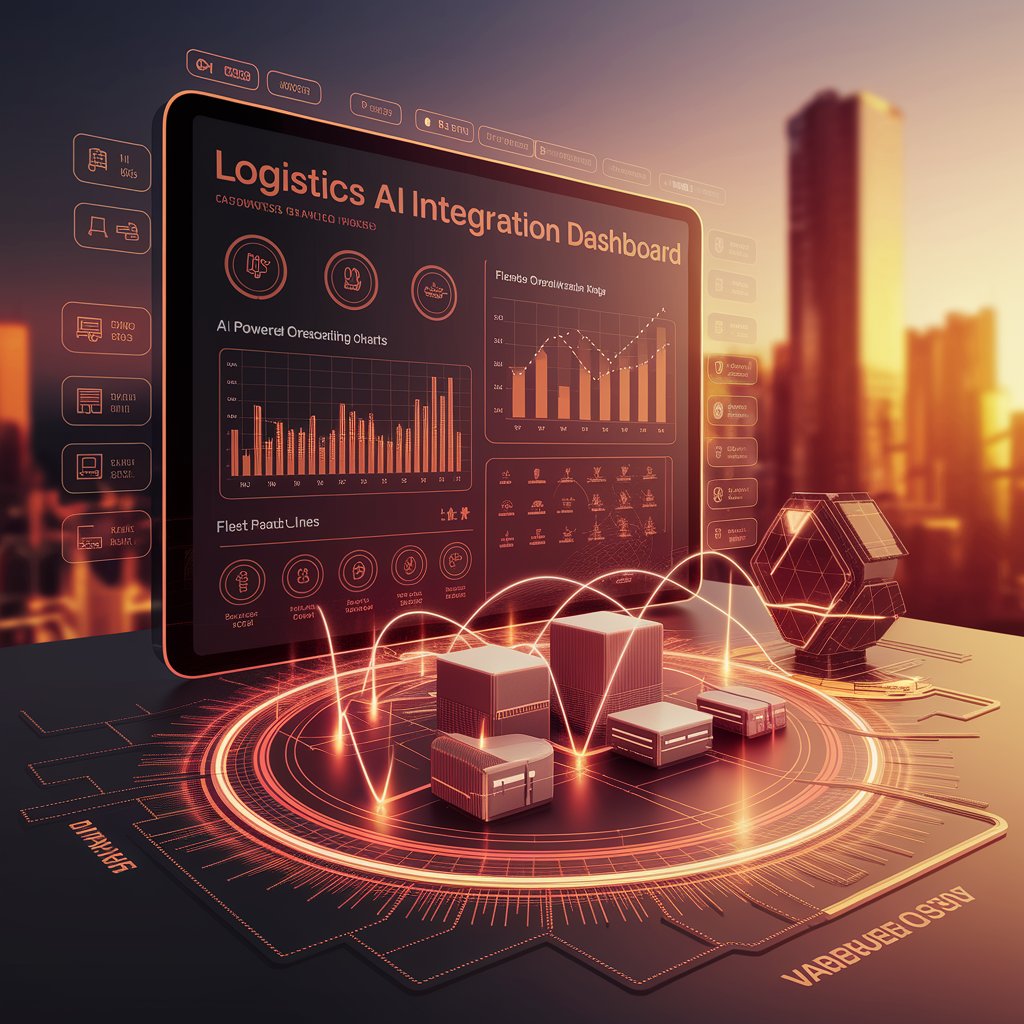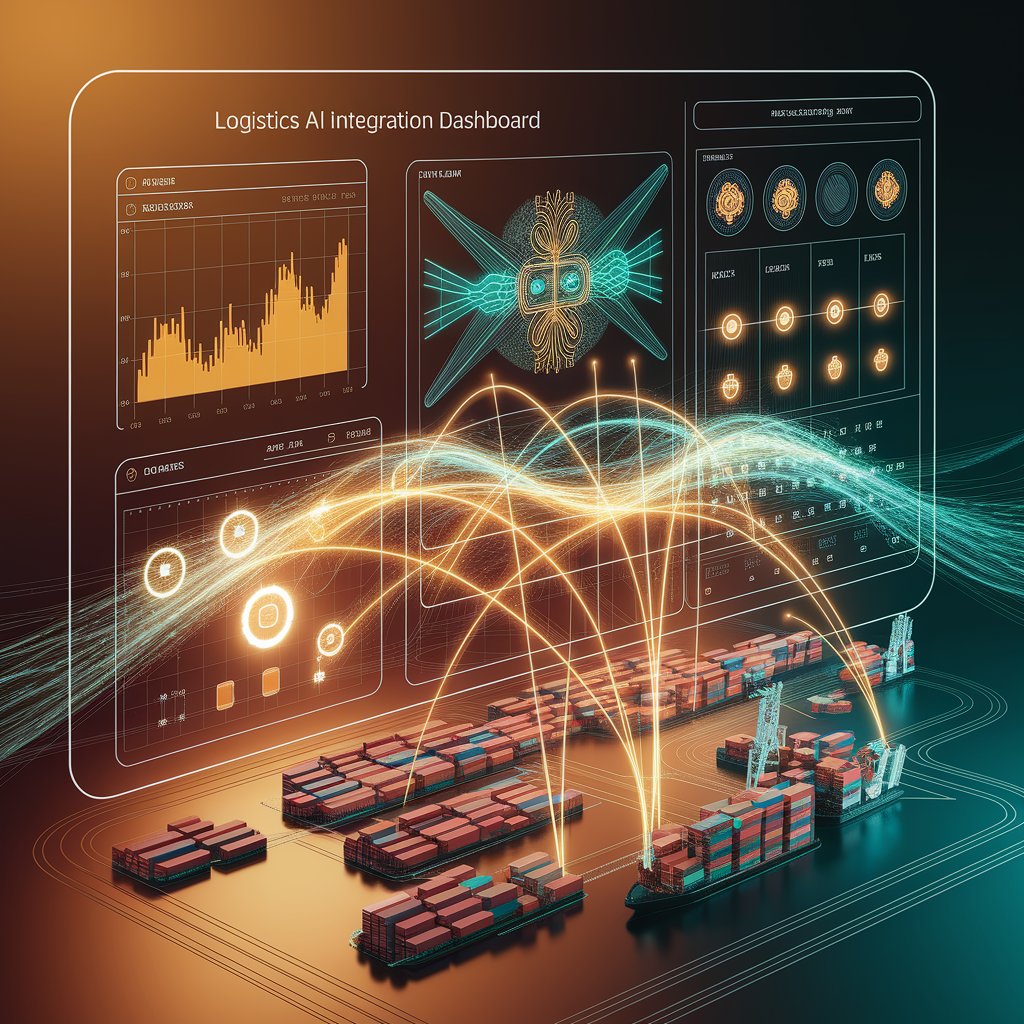Logistics AI Integration: Building Smarter Supply Chains

Introduction
But unlocking its full potential requires more than just adopting individual AI tools. The real transformation happens with logistics AI integration—connecting AI-powered technologies across all parts of the supply chain into a single, unified ecosystem.
What Is Logistics AI Integration?
Logistics AI integration is the process of embedding AI technologies into supply chain systems such as ERP, WMS, TMS, and IoT platforms. Instead of using siloed solutions, integration ensures that AI-driven insights flow seamlessly across logistics functions, enabling real-time, data-driven decision-making.
It connects:
- Predictive demand forecasting with inventory management
- AI-driven route optimization with fleet scheduling
- Automated documentation with customs compliance
- Real-time risk detection with supply chain resilience planning

Key Features of Logistics AI Integration
- Seamless System Connectivity – AI connects ERP, TMS, and WMS into a single ecosystem.
- Predictive Forecasting – AI analyzes demand patterns for smarter inventory planning.
- Dynamic Routing – Intelligent algorithms minimize delays and fuel costs.
- Automated Compliance – AI validates documents and flags trade risks.
- Real-Time Dashboards – Centralized visibility of shipments, fleets, and warehouses.
- Self-Learning Models – AI improves accuracy with continuous data input.
Benefits of Logistics AI Integration 📈
- Efficiency Gains – Eliminate silos and streamline decision-making.
- Cost Reduction – Lower fuel, labor, and administrative expenses.
- Scalability – Manage higher volumes without proportional staff increases.
- Risk Mitigation – Predict and respond to disruptions faster.
- Customer Satisfaction – Provide accurate ETAs and proactive communication.
- Sustainability – Optimize resources for reduced emissions and greener operations.

Real-World Applications
- Freight Forwarders – Connect booking systems with AI-powered pricing engines.
- Carriers & Fleet Operators – Integrate AI-driven telematics for predictive maintenance.
- E-commerce Logistics – Link AI demand forecasts with warehouse automation.
- Pharma & Cold Chain – Ensure end-to-end monitoring of temperature-sensitive cargo.
- Ports & Terminals – Integrate AI scheduling with real-time berth allocation.
Challenges in Logistics AI Integration
- Data Fragmentation – Multiple systems may store inconsistent or incomplete data.
- Integration Complexity – Legacy ERP and TMS systems are hard to connect.
- High Costs – Advanced AI integration requires significant investment.
- Cybersecurity Risks – Unified AI systems must protect sensitive trade data.
- Change Management – Staff must adapt to AI-assisted decision-making.

Best Practices for Successful Integration
- Audit Current Systems – Identify gaps and integration opportunities.
- Focus on High-Impact Areas First – Start with demand forecasting or route optimization.
- Ensure Data Quality – Standardize and clean data for AI accuracy.
- Adopt Modular Integration – Implement in stages to reduce risk.
- Train Teams Across Departments – Promote adoption and trust in AI-driven insights.
- Track KPIs Continuously – Measure ROI in efficiency, costs, and service improvements.
The Future of Logistics AI Integration 🚀
- Autonomous Supply Chains – AI platforms that self-optimize with minimal human input.
- Blockchain-Backed AI Systems – Secure, transparent, and tamper-proof data integration.
- Digital Twins – Virtual replicas of supply chains tested with AI scenarios.
- Edge AI – Real-time processing closer to fleets, ports, and warehouses.
- Sustainability-First AI – Optimization engines balancing cost with carbon reduction.
Conclusion
Logistics AI integration is the key to transforming supply chains from reactive systems into proactive, self-optimizing networks. By unifying AI across all functions—planning, transportation, warehousing, and compliance—companies can reduce costs, improve customer satisfaction, and build resilience.
For global logistics providers, investing in logistics AI integration isn’t just about efficiency—it’s about future-proofing operations in a digital-first world.
